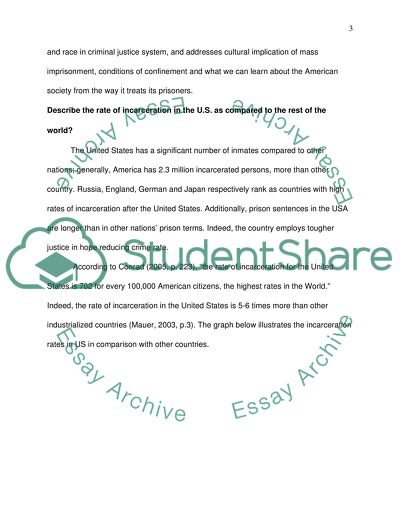Cite this document
(“Prisons in the united states Research Paper Example | Topics and Well Written Essays - 1500 words”, n.d.)
Retrieved from https://studentshare.org/family-consumer-science/1416872-prisons-in-the-united-states
Retrieved from https://studentshare.org/family-consumer-science/1416872-prisons-in-the-united-states
(Prisons in the United States Research Paper Example | Topics and Well Written Essays - 1500 Words)
https://studentshare.org/family-consumer-science/1416872-prisons-in-the-united-states.
https://studentshare.org/family-consumer-science/1416872-prisons-in-the-united-states.
“Prisons in the United States Research Paper Example | Topics and Well Written Essays - 1500 Words”, n.d. https://studentshare.org/family-consumer-science/1416872-prisons-in-the-united-states.


